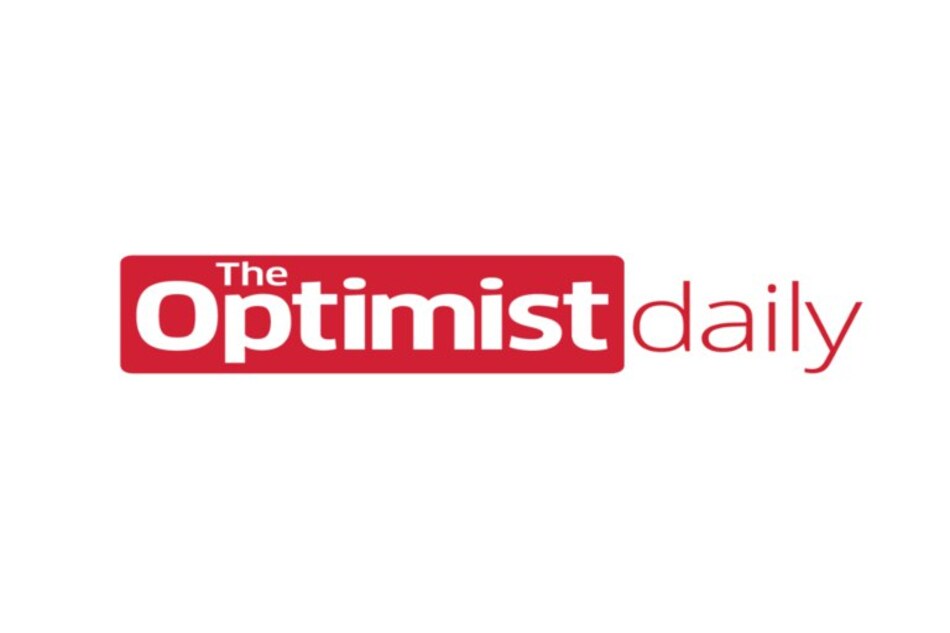In a country that boasts one of the world’s highest literacy rates, the arrival of the new central library in the capital of Finland last year was a kind of moon-landing-like moment of national bonding. The €98 million facilities, whose opening in December 2018 marked the centenary of Finnish independence, has since been widely celebrated internationally as a model reimagining of these critical pieces of social infrastructure.
Designed by Finnish architecture firm ALA and dubbed Oodi (“ode” in Finnish), the three-level structure is a kind of spruce-clad monument to the principles of Nordic society-building. It’s a space for old and new residents to learn about the world, the city, and each other. Its design reflects that lofty mission.
The ground floor is an extension of the public square outside—a space for meetings, free events, and informal gatherings, with a cafe, theater, and various public amenities. On the second level, a series of flexible rooms provide a host of au courant attractions and borrowable—3-D printers and power tools, sewing machines and music rooms and maker spaces. Language classes are offered for migrants; gamers get VR-equipped computer rooms. Patrons can even borrow season tickets for Helsinki’s popular professional basketball games.
Only on the topmost level—in a soaring, light-filled space Laitio calls “book heaven”—will one find actual volumes for readers, a 100,000-book collection that’s in very high demand. In fact, Finns take out more than 15 books a year from the library, which is 10 more than the average American. Perhaps if we dedicated as much money to public buildings such as the library, people would feel more inclined to take out books from the library.











